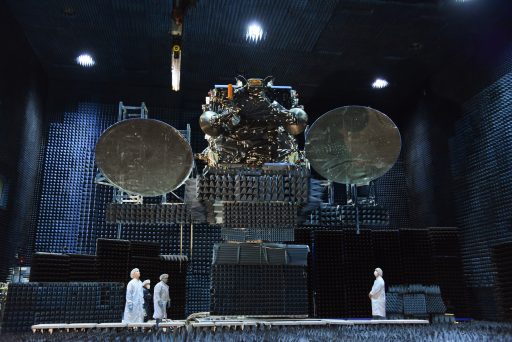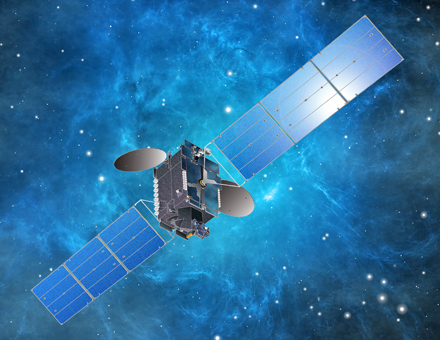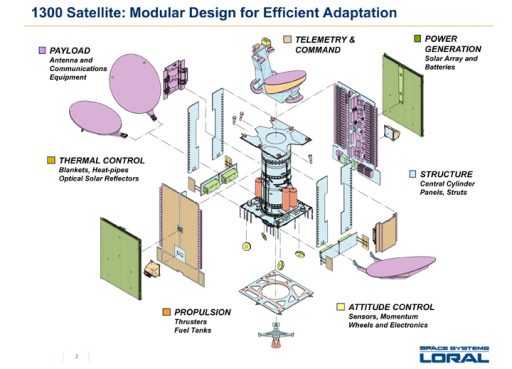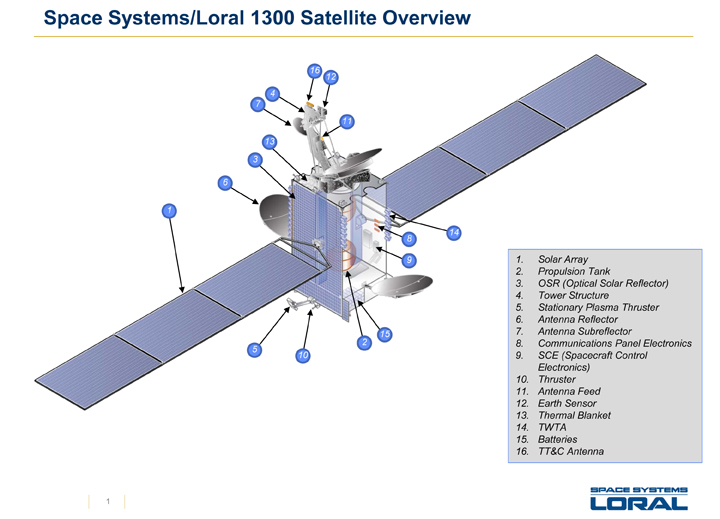JCSat-15

JCSat-15 is a commercial communications satellite operated by SKY Perfect JSAT, Japan to back up the company’s fleet of satellites and deliver expansion opportunities for growing communication needs. The satellite will be used as a replacement for the Superbird-D satellite launched in 2000 as an all-Ku band satellite operated at 110° East for an expected mission life of 15 years.
SKY Perfect JSAT announced in April 2014 that the company had awarded contracts to Space Systems Loral to manufacture a pair of satellites, JCSat-15 and 16. The launch contract for JCSat-15 was awarded to Arianespace in September 2014 while the heavier JCSat-16 (not suitable for a lower passenger slot on Ariane 5) was contracted to launch provider SpaceX and delivered to orbit in August 2015.

The 3,400-Kilogram JCSat-15 satellite hosts an all-Ku Band payload designed to provide flexible communications services to be used for video distribution in Japan and data transfer communications, maritime and aviation applications in the Pacific and Indian Ocean Regions. TV services supported by the satellite include the multi-channel pay TV service SKY PerfecTV! distributed across Japan as well as free-to-air TV.
The JCSat-15 spacecraft was manufactured by SS/L at its Palo Alto, California facility using the flight-proven LS-1300 satellite platform as a basis. LS-1300 is a flexible satellite platform that can be flown in different configurations to accommodate different communication payloads with a total power of 5 to 18kW. Using different configurations, LS-1300 satellites can weigh from 2,200 up to 6,700 Kilograms featuring payloads of 12 to 150 transponders. Through optimizations, the number of transponders that can be accommodated can be increased even further.
JCSat-15 is 5.2 by 3.3 by 3 meters in dimensions and its solar arrays deliver an end-of-life power of 10 Kilowatts.

LS-1300 was introduced in the late 1980s, but undergoes constant modifications going through a number of revisions over the years. JCSat-15 uses the medium-power variant of LS-1300, featuring two three-panel solar arrays that deliver around 10kW power to a dedicated system that conditions the satellite’s power bus and controls the state of charge of the vehicle’s batteries. Three-axis stabilization and navigation is accomplished by state of the art navigation sensors and reaction wheels.
The satellite is equipped with a chemical propulsion system for orbit-raising and stationkeeping using a main apogee engine and a series of attitude control thrusters. LS-1300 also provides the option of an additional electric propulsion system, whether this option is exercised for JCSat-15 is not known. The spacecraft is expected to operate for at least 15 years.

